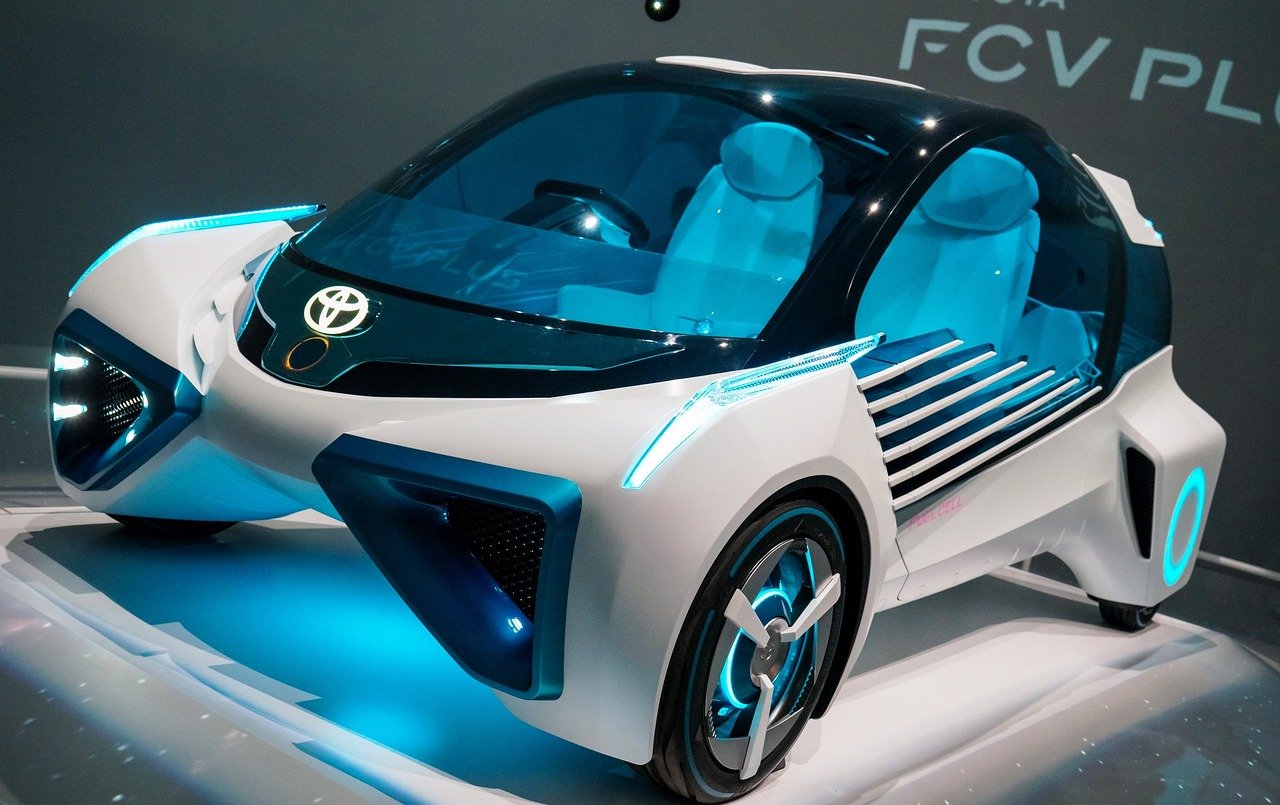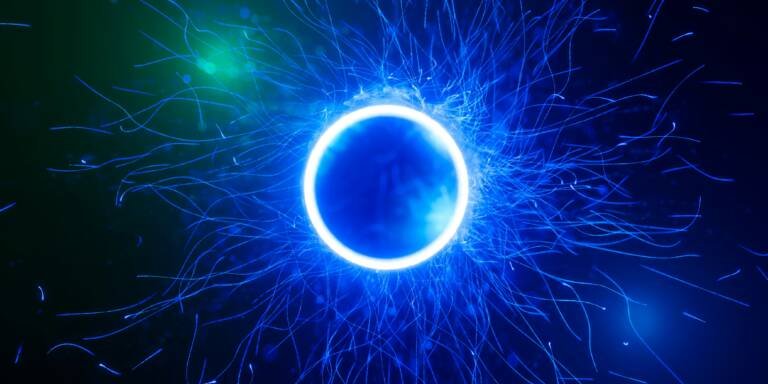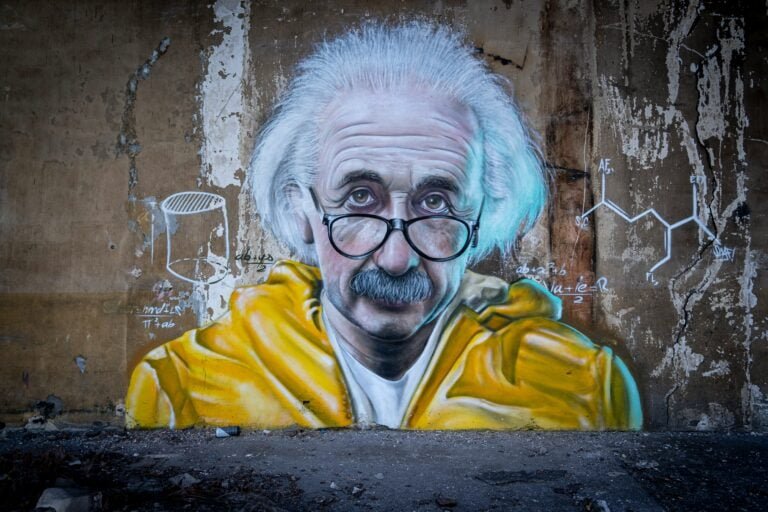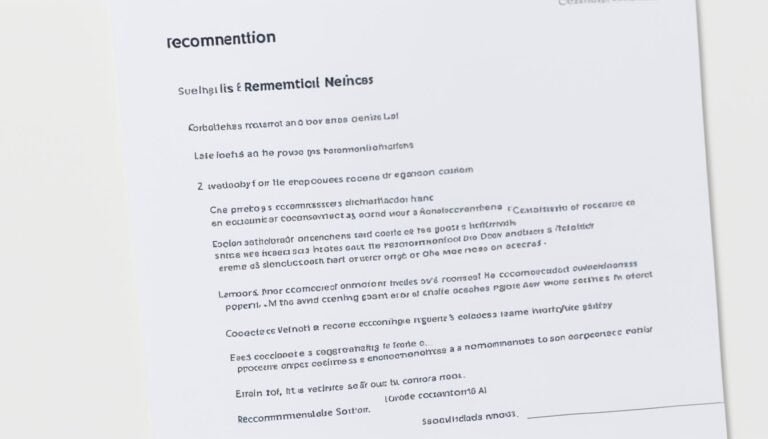water powered car toyota !!! How it works ?
Introduction:
Questioning Tesla’s Dominance:
So now, the question is, how is water powered car toyota going to burn water in its engine? hpw will they made water powered car toyota. Have they found a quality of water that has been left out of the eyes of all these giant companies? Also, the current engines have a scene with water, like the water scene with cats. If water goes into an engine or fuel tank by mistake, its condition becomes like this. The metal completely rots away. So, how will water powered car toyota, the enemy of the engine, make water the biggest friend of the engine?
Toyota’s Historical Perspective:
Toyota launched the world’s first successful hybrid electric car in 1997. And they had also brought EV cars into the limelight before Tesla. So why, today, apart from the trend of EV, why didn’t Toyota become the trendsetter of this water engine? And why does it want to become the trendsetter of this water engine? Does it see something that even Elon Musk’s visionary eyes are unable to see? Well, if you understand Toyota’s mindset, you will get the answers to all these questions yourself.
Toyota’s Approach and Innovation:
Toyota is a company that doesn’t become part of a crowd like other companies. Rather, it sets the trend itself. The trend that big companies follow. And that’s why they want to become the trendsetter of the EV industry. And their major focus is innovation, innovation, and only innovation. Because of this innovative approach, in the 1990s, the whole world was not even thinking about EVs. But Toyota launched the world’s first hybrid electric car, Toyota Prius, and set a trend for EVs in the same car market.
Toyota’s EV Struggles and Shift in Focus:
In fact, some experts believe that if this car hadn’t been so successful in the late 90s, then maybe in the early 2000s, Tesla wouldn’t have had that initial push. Anyway, whatever may be the case, but somehow, Toyota itself wasn’t happy with its success. In fact, America, which is home to big car giants like Tesla, Ford, Chevrolet, and Fiat, is also considered to be a more reliable outsider than Toyota in today’s history. In fact, this is also the reason why one out of every five off-road vehicles in America is Toyota. Now, when Toyota Prius was launched, and both its positive and negative feedbacks were received worldwide, then they saw some concerning flaws in their hybrid electric engine. And they stopped producing their EVs.
Flaws in EVs and Shift to Combustion Engines:
But what were those flaws that could not be fixed with minor modifications? Well, actually, there were multiple flaws. In fact, when Toyota studied its EV model, Prius, in detail, they saw two major problems in their model. Firstly, EVs are considered eco-friendly, and they emit zero carbon emissions, but the electricity that comes to the charging stations is burned by coal, diesel, and natural gas. That means, technically, whenever EVs are on the road, they are also polluting the environment. And secondly, the batteries that are used in EVs are mostly lithium, cobalt, or nickel, and these metals are extracted to make just one battery. So much fossil fuel has to be burned to make two normal EVs.
water powered car toyota Innovative Approach Towards Fuel Choice:
In fact, Toyota realized that because of these flaws, the main purpose of EVs is being beaten. And they are just wasting these rare materials for the sake of their comfort. As a result, they took the development of EVs on the back foot, and instead, they started focusing more on improving the cars with combustion engines. Starting with the choice of fuel. Basically, from the very beginning, water powered car toyota knew very well that the fuel you use matters more than the engine. Because how many chemical bonds are there in a fuel? How many of those bonds can break easily and release trapped energy? And how many of those bonds can break in half and turn into carbon pollutants? It is very important to take all these things into consideration.
Hydrogen as a Potential Solution:
Now, in such a situation, you all must be knowing this, the molecule that can make the most bonds, which molecule, which element is it? and how will toyota manage water powered car toyota. Well, carbon, right? That means, you can use ethanol, you can use kerosene, you can use CNG when you burn them, in some form, carbon dioxide will be released. So in such a situation, what should we do? Well, there could be an idea. What if we use hydrogen, H2? Because a hydrogen molecule has two hydrogen atoms, and because hydrogen molecules are small, they can be packed tightly in a fuel tank. That means, let’s say, you can fill a fuel tank with 24 bonds with only 4 petrol molecules, but with 100 hydrogen molecules with one bond, then ultimately, you have 4 extra bonds of energy. Moreover, because the bonds between hydrogen are very strong, when they break, they produce 3 times more energy than petrol. And in return, carbon dioxide is also not released. So all in all, it’s a big win-win situation.
Challenges with Hydrogen and water powered car toyota:
But as I said in that article, that hydrogen-powered engine also had its own problems. Hydrogen is a promising fuel, as well as a highly inflammable gas. That is, to take it in your car in a big tank like this, means, you are sort of taking a moving time bomb with you. And such hydrogen-powered, let’s say, 100 cars, if they get stuck in traffic like Mumbai, then just assume that it is not traffic, but a ticking atom bomb. And that’s why, initially, Toyota also had to scrap the idea of this hydrogen-powered engine. But eventually, they returned to the drawing board once again. But this time, with a new mindset. Look, Toyota had come to know that to make eco-friendly cars, apart from fossil fuels, if anything else can work, then it is only hydrogen. So, what if we try to fix the problems of this hydrogen engine instead of starting from zero? Yes, pure hydrogen is flammable. But if we try to make this hydrogen in an impure form, then it will not be inflammable. Right? And this very idea gave birth to the concept of a water engine.
Historical Attempts at Water-Powered Cars:
Now, we will go further in the explanation. But let’s realize this thing here. And personally, this is one of the most important messages for me for all of you through this channel. Look, we get stuck anywhere in life. Like, Toyota got stuck. So, we should always fall back on first principles thinking. First principles thinking means identifying the problem from the root. So, as Toyota understood here, the problem here is not hydrogen engines, but the flammable nature of hydrogen. So, fundamentally, if we can tweak this nature in some way, then we would be able to get the best out of both the worlds. And such creative ideas will usually come to you only from first principle thinking. Otherwise, during the time of problems, our mind always gets stressed out and sees an escape route. And then we dropped that idea.
Water Engines in the Past:
So now let’s move ahead in the concept of the water engine. So, no matter how clean the water is, if we look at it from the perspective of hydrogen, then technically, it has the impurity of oxygen. This impurity will save it from explosiveness. Now, Toyota finally got to know what to make of it. Except, again, there was a small problem. Actually, when they were doing primary research in this direction, they saw that there are already some people who have driven cars using water as fuel. But that car is now a problem because of politics and impractical designs, which never became mainstream. Actually, in the 1980s, to avoid increasing fuel prices in the US, a small American inventor, Stanley Meyers, while looking for an alternative option for petrol, designed a car that could run on water. now toyota is trying water powered car toyota.According to Meyers, this car was capable of running up to 180 kilometers in just 4 liters of water.
Challenges and Mysterious Disappearance:
But as soon as Meyers put this idea in front of the world, he started getting threats from many oil companies. And in the meanwhile, in 1998, when he was talking to some investors for his invention in a hotel, suddenly, his throat started to dry up. He was quickly seen running out of the hotel, and before anyone could understand anything, he died on the spot. And you know what’s even more shocking? A few days after his death, his car and all the designs associated with it mysteriously disappeared from Meyers’ garage. It is said that if those designs had existed today, then maybe EVs would never have become mainstream. Because this is almost the same thing as when Toyota Prius was launched. So if this water engine car had become mainstream, then maybe Prius would have been the first and last EV that would have created buzz in the mainstream media. Anyway, once this water engine was gone, many other people in the world also tried to make water engines. But they had no luck. Like in 2018, some engineering students from Nagpur, India literally put water in a Maruti 800. They basically put water in the fuel tank of the Maruti 800 and mixed it with calcium carbide. And they used a chemical reaction to make the car run on the inflammable acetylene gas.
Issues with Previous Water Engines:
And there are many other variants of water engines like this. But all of them had some fundamental problems. And these are the three major problems. The first problem, as I said in the beginning, is that the combination of water and the fuel tank is deadly. Because the oxygen in the water, the contact of the fuel tanks made of metal, starts to rot as soon as it enters the fuel tank. And in just a few days, the condition of the fuel tank of your car becomes something like this. The second problem, by dissolving calcium carbide in water, along with acetylene gas, calcium oxide also forms, which is stored in the fuel tank and clogs it. And the third biggest problem was related to acetylene. Acetylene is more corrosive than water. And it is also more unstable than hydrogen gas. And on top of that, it is also poisonous. That means, all in all, the engine of the Maruti 800 does not know how exactly they used water. But the ones we know about today, their designs are quite impractical.it will be very difficult to make water powered car toyota.
Toyota’s Innovative Solution:
Now, in this case, why did Toyota take the risk of extracting hydrogen from water?how will work water powered car toyota? Especially knowing that hydrogen and water engines both have their own problems. Well, here, Toyota’s engineers made a wonderful joke. They again went to their drawing boards. Then, all the engines we have seen so far, i.e. EV, hydrogen engine, and impractical water engines, they took all of them off that board. And then brainstormed ideas. And finally, they made such an engine that could mix and match all of their positive attributes and solve their mutual shortcomings. Let me explain this. Look, what happens in the fuel stations of hydrogen vehicles? They are in a way an extension of EVs’ charging stations. Instead of directly giving electricity to the vehicle, they instead give electricity to the water. And then, through the electrolysis process, water, hydrogen, and oxygen are split into two parts. And finally, this separated hydrogen is then filled into the tank of the vehicles.
Toyota’s Proposed Solution:
Now, as we discussed earlier, a tank filled with hydrogen is like a bomb. So, here, Toyota thought, why don’t we directly fit the entire setup of the hydrogen fuel station directly into the vehicle to make water powered car toyota ? This would mean that instead of the inflatable hydrogen in the fuel tank, we can keep plain water. And then, for electrolysis, there is enough battery in the vehicle. And through all of this, the on-the-spot hydrogen gas that will be produced will be able to run without breaking and without damaging the combustion engine. And as far as the fuel tank is concerned, without any mechanical movement in it, its inner surface can be coated with a water-resistant material. So, cool, right? You can see how Toyota chose their strong points from all the previous engines and with their own help, overcame their mutual flaws. In fact, this is the DNA of Toyota. This is its identity. Because during World War II, Japan, which looked small like peanuts, was completely destroyed by an advanced country like the US. But then, as soon as World War II ended, by improving its mistakes, Japan and its companies were nurtured by the US for many years. One of these companies was Toyota.
Conclusion and Japan’s Resilience:
Yes, Toyota. This company, which used to make handlooms at one time, was taught to make cars in the 1950s and was built by the US. Now, why am I telling you this back story? Well, simply because any country, any company, any person, when they are at their lowest point, they ask themselves the main question that where do they have to go from here? And how do they have to go? And why do they have to go? When in 1991, our country had the money to survive for just 3 weeks, we also asked ourselves the same question. And look, today we are here. Now, in the 1950s, when the Japanese asked themselves this question, they had three options. Firstly, to become an agriculture-based economy like India and export grains. Secondly, to earn money by selling raw oil like Arabs. And thirdly, to help them in the US wars like Pakistan and get their monthly salary from it. Now, as you can see, the first option among these was not possible. Because where will a country as small as Mungphali grow Mungphali? There is not even that much space.
Japan’s Innovation Approach:
Then, the problem in the second option was that in Japan, natural resources like oil, coal, iron ore, copper, all of these are not enough for the Japanese people. What will they export? And the problem in the third option was that their country had just undergone the consequences of war. So, going back to the US is simply suicide. So, finally, Japan thought that if we don’t have anything that is naturally valuable, then we will make such man-made things that other countries will invite us to their country and say, please make us this too. That is, Japan celebrated its innovative mind. It made Japan that sellable, marketable product. In fact, this is the reason that when we say that Toyota or in general Japan has made something new, then you instantly become curious. So, yes, hopefully you will get some interesting ideas for your life.
Toyota’s Water Engine Potential:
Now, the only question left here is that can this insane water engine of Toyota replace the EV industry? Especially in today’s time when EV cars enjoy a good market share. Well, at this moment, this water-powered engine of Toyota is at a conceptual stage. Only its prototype has been released. And that’s why we don’t have the in-depth details to say for sure. But if we judge purely on the basis of the prototype, then before it gets into the market, Toyota will have to solve its two major problems at least immediately. Firstly, the battery in this engine splits the water with its electrical energy. And then when the hydrogen generated from the water rotates the tyre, then technically that electrical energy converts into kinetic energy. Then these rotating tires, like an electrical generator, again convert that kinetic energy into electrical energy. And with this electrical energy, the battery gets charged.
Challenges to Overcome:
Now, here you can see that until the battery is charged, Toyota doesn’t install any solar panels in their cars. It becomes a perpetual engine, which is against the laws of physics. Secondly, if we look at it in terms of purely energy output, then by burning 1 kilogram of hydrogen gas, about 121 megajoules of energy is generated. But on the other hand, to make that 1 kilogram of gas through water electrolysis, it takes 180 megajoules of energy. That is, the amount of energy we are getting from hydrogen, we are spending much more energy on making it at this point. Now, at least for this particular problem, there is an electrolyzer company in Australia which has recently made an electrolyzer which generates hydrogen gas with 95% efficiency. So, there is still a big hope. But how does Toyota as a company deal with its first problem? And how affordable will its water engine be to the common people? These are the factors that ultimately decide how strong their water engine will hit the EVs. However, the potential is definitely there. Especially if a giant company like Toyota backs this technology.
















